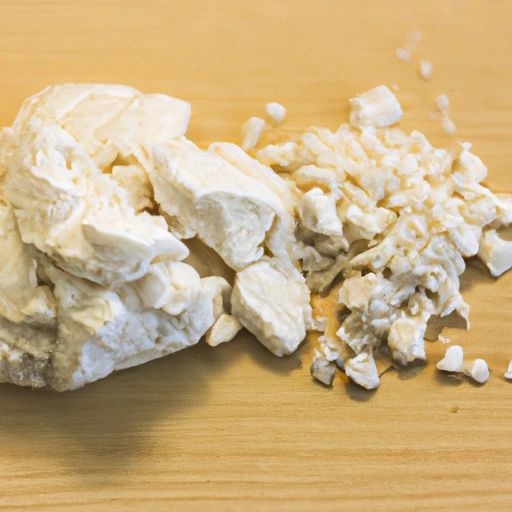Suet
Description

Suet is hard white fat that is found around the kidneys and loins of animals such as cows and sheep. It has a melting point higher than that of butter and it renders down at a higher temperature. When used in cooking, suet imparts a rich flavor and gives a light, flaky texture to a variety of dishes. Suet is traditionally used in British cuisine but is also found in various European and American recipes. It is sold both in raw form or as a dehydrated product known as 'shredded suet'.
Common uses
Suet is primarily used in traditional savory dishes like puddings, pies, and stuffings. It is also incorporated into sweet recipes, adding richness and a moist texture to cakes and pastries. Additionally, suet is used in bird feed recipes, especially in colder regions where high-energy food is valuable for wildlife during the winter months.
Nutritional value
Calories
Suet is energy-dense, with approximately 900 calories per 100 grams (about 3.5 ounces or 7 tablespoons in American units).
Protein
Suet contains minimal protein, not being a significant source.
Fat
Composed almost entirely of fat, suet has roughly 100 grams of fat per 100 grams (which is equivalent to about 7 tablespoons or 3.5 ounces), consisting of both saturated and unsaturated fats.
Carbohydrates
Suet is carbohydrate-free, containing no sugars or fibers.
Vitamins
Suet contains fat-soluble vitamins, primarily vitamin E and small amounts of vitamin D.
Minerals
It also has trace amounts of minerals such as iron and zinc.
Health benefits
Suet is a source of conjugated linoleic acid (CLA), which has been associated with potential health benefits including anti-inflammatory properties and improved body composition. The fat-soluble vitamins present in suet are essential for skin health and immune function.
Potential risks
As a high-fat food, suet should be consumed in moderation. High intake of saturated fats can be associated with increased risk of heart disease. Suet may also be unsuitable for individuals with certain dietary restrictions or those following a low-fat diet.
Common recipes
Suet is a key ingredient in traditional British Christmas pudding, steak and kidney pie, and spotted dick. It is also used in American recipes such as mincemeat pies and some pastry doughs.
Cooking methods
Suet can be shredded or chopped and mixed into doughs, batters, and stuffings. It can also be rendered down into a clear fat for frying or making clarified suet, which is similar to ghee.
Pairing with other ingredients
Suet pairs well with rich meats like beef and lamb, as well as with ingredients that absorb its flavor such as potatoes, onions, and dried fruits. In sweet dishes, suet complements flavors like cinnamon, nutmeg, and citrus zest.
Summary
Suet is a versatile ingredient that can enhance the flavor and texture of both sweet and savory dishes. It is a traditional fat used in a variety of recipes, especially in British cuisine. Although it is high in fat, it also provides some nutritional benefits. Due to its high saturated fat content, it should be used in moderation. Suet can be used in a wide range of cooking methods and pairs well with many different flavors and ingredients.